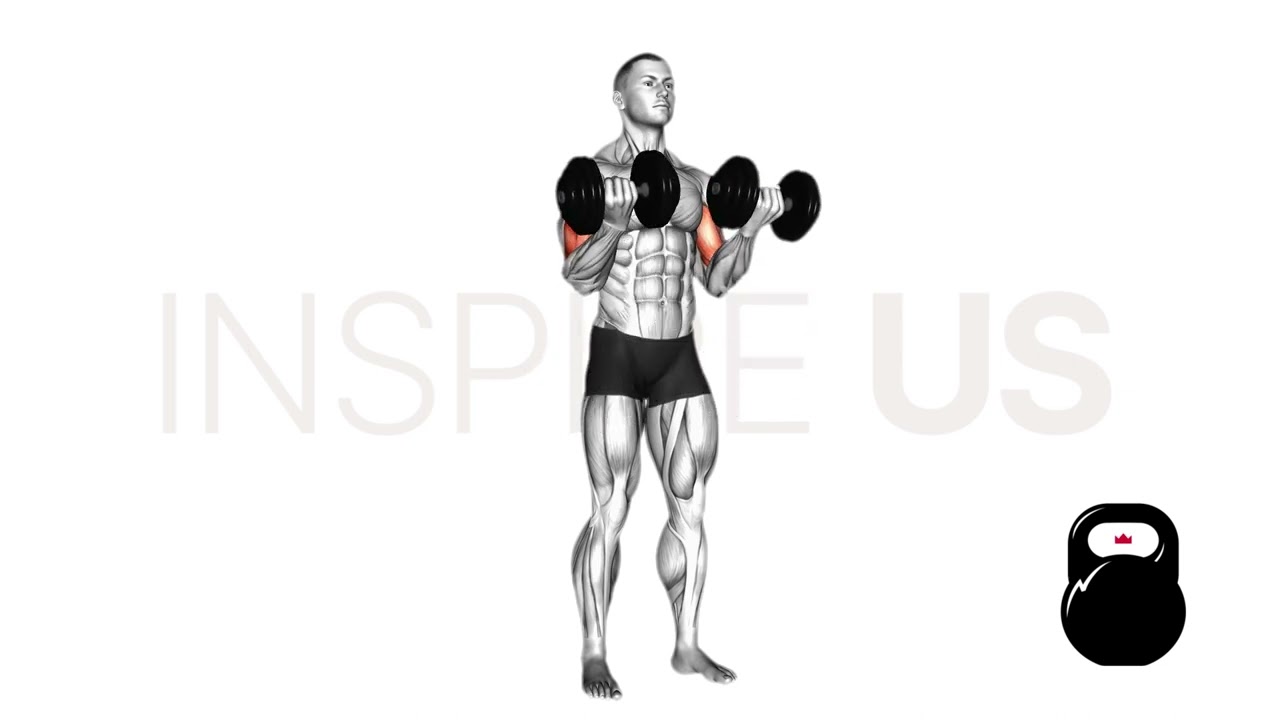Zottman Curls: Benefits, Muscles Worked, and More
Named after the timeless weightlifter George Zottman, few curl variations are as widely encompassing as the Zottman curl - an otherwise ordinary bicep curl with a twist that transforms it into a compound exercise.
But before throwing this rather effective arm exercise into your workout, it’s important to first understand what makes the Zottman curl unique, and how best to take advantage of its many benefits.
If one were to condense the many aspects of the Zottman curl, one could say that it is a biceps-and-forearm exercise performed with light weight dumbbells for several high-volume sets. Due to the “twist” during the latter half of the repetition, Zottman curls will require an intermediate level of mobility and experience with resistance training.
What are Zottman Curls?
From a more detailed inspection, Zottman curls are classified as a multi-joint free weight compound exercise with a distinct usage of elbow flexion and wrist pronation in wide ranges of motion.
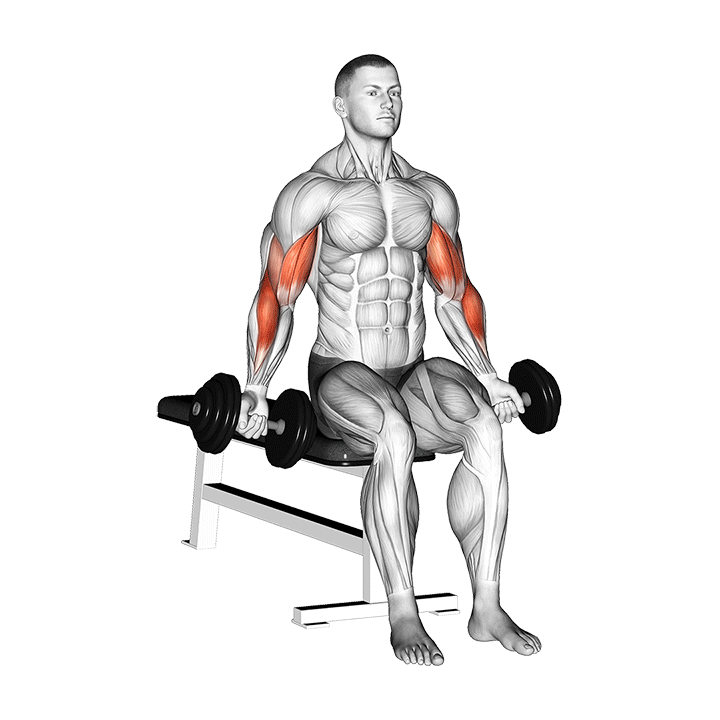
In effect, this turns the otherwise-ordinary bicep curl into an exercise that targets more than just the biceps, and creates a more technical movement as a whole. This allows weightlifters and bodybuilders to utilize Zottman curls as a method of building up arm mass and definition in a highly efficient manner.
Zottman curls are often included in intermediate level bodybuilding programs as an adjunct exercise to movements like the barbell row or pull-up, as they share the same muscular recruitment set.
For those familiar with reverse curls and bicep curls, the Zottman curl may be considered a cross between the two, with the bicep curl making up the initial phase of the repetition, and the reverse curl making up the latter half.
Who Should Do Zottman Curls?
Zottman curls are accessible to even novice weightlifters, but are best taken advantage of by intermediate level bodybuilders and other experienced individuals seeking greater arm muscle hypertrophy.
How to Program Zottman Curls
Despite being a compound exercise, Zottman curls are usually grouped alongside isolation movements at the end of the workout.
In terms of volume, a good starting point for lifters new to the Zottman curl is to perform 2-3 sets of 8-12 repetitions each.
This should provide sufficient training volume to build the muscles of the arms without leading to overtraining or excessive muscular fatigue.
How to Do Zottman Curls
To perform a repetition of the Zottman curl, the lifter will stand upright with a pair of dumbbells held in a neutral grip, elbows held loosely against the sides of the torso.
Then, the lifter will curl the dumbbells upwards by bending at the elbow and drawing the hands towards the shoulders. As the dumbbells are raised, the hands will turn outwards until the palms are facing upwards - as if performing a bicep curl.
Once the dumbbells are at shoulder-height, the lifter will pronate their wrists until the palms are facing towards the floor.
To complete the repetition, the lifter will lower the dumbbells as they are gripped in this manner, ensuring that the motion is performed in a slow and controlled way.
What Muscles are Worked by Zottman Curls?
Zottman curls are a compound exercise, meaning that they train more than just one muscle group at a time.
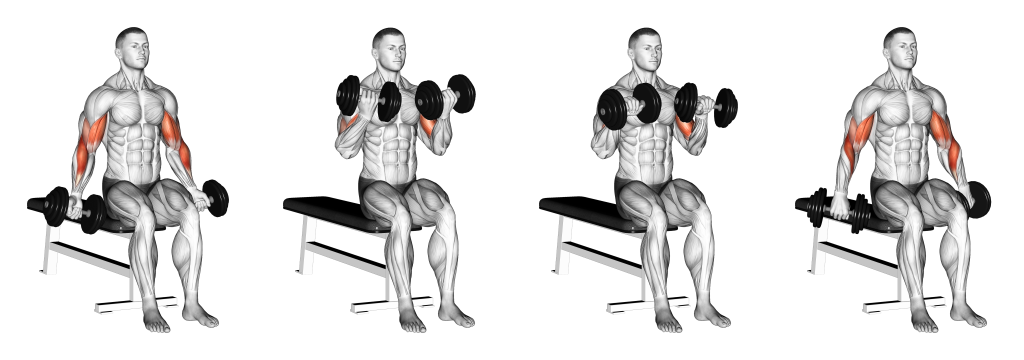
Not all of these muscles are recruited to the same extent however, and the muscles worked to the greatest extent by Zottman curls are called primary mover muscles, whereas muscles that are recruited to a similar (but lesser) level are known as secondary mover muscles.
Furthermore, muscles recruited solely in an isometric manner are referred to as stabilizer muscles.
Primary Mover Muscles
With each repetition of the Zottman curl, it is the muscles of the forearm flexors and biceps brachii that are worked to the greatest extent - with the forearm flexors being best utilized during the latter half of the repetition, and the biceps the first phase of the repetition.
Secondary Mover Muscles and Stabilizers
The brachioradialis and brachialis muscles both act as secondary mover muscles during the Zottman curl, where they support the primary mover muscles and allow for the exercise to be completed safely.
In addition, the forearm extensors are also utilized as stabilizer muscles by Zottman curls, working in tandem with the secondary mover muscles to stabilize the moment and to facilitate safe contraction.
What are the Benefits of Doing Zottman Curls?
While some benefits (like burning fat and better insulin sensitivity) are a result of resistance training as a whole, there are several other benefits that are more specific to the Zottman curl itself.
These effects primarily revolve around the specific muscular improvements that come as a result of the Zottman curl, and may be difficult to replicate with other types of resistance exercise.
Excellent for Building Up "3-D" Arm Muscle Mass
Other curl variations tend to solely work the biceps, overlooking other muscle groups in the arms that greatly contribute to the visual appearance and gross muscle mass therein.
Fortunately, this is not so much the case with Zottman curls, as muscle groups like the forearm flexors, brachialis and brachioradialis all play a significant part in the exercise - thereby resulting in growth across the entirety of the arm, rather than just in the biceps itself.
Because the brachialis and brachioradialis run along the outer-lateral side of the arm, Zottman curls are invaluable to bodybuilders as a tool for building “3-D” arms, or otherwise developing the arm’s musculature in such a way that it appears muscular when viewed from any angle.
For the best results, Zottman curls should be performed alongside triceps brachii isolation exercises, as the triceps are the sole arm muscle not targeted by Zottman curls.
Builds Whole-Arm Muscular Pulling Strength
Muscle groups like the biceps, forearms and brachialis are all known as “pull” muscles, of which simply refers to the direction in which they produce force relative to the rest of the body. They are widely utilized in exercises like rows, pull-ups and curls, and training them is essential for producing a well-rounded physique.
While most weightlifters will train each muscle group individually (such as pairing forearm curls with bicep curls), Zottman curls are highly effective at working the entirety of the arm’s pull muscles at once.
This produces carryover to the aforementioned pull exercises, but also helps train each pull muscle of the arm as well. Regular performance of Zottman curls will undoubtedly lead to stronger biceps and forearms, in addition to the task-specific pulling strength that is also developed therein.
Reinforces Elbow Flexion, Wrist Flexion/Rotation and Whole-Arm Stability
Because the Zottman curl works muscles like the biceps and forearms, any biomechanics related to such muscle groups will also be reinforced in terms of stability and effective range of motion.

Biomechanics like elbow flexion (from the biceps, brachioradialis and brachialis) and wrist flexion/rotation (from the flexor carpi, flexor digitorum, pronator teres and palmaris longus) are all reinforced by Zottman curls.
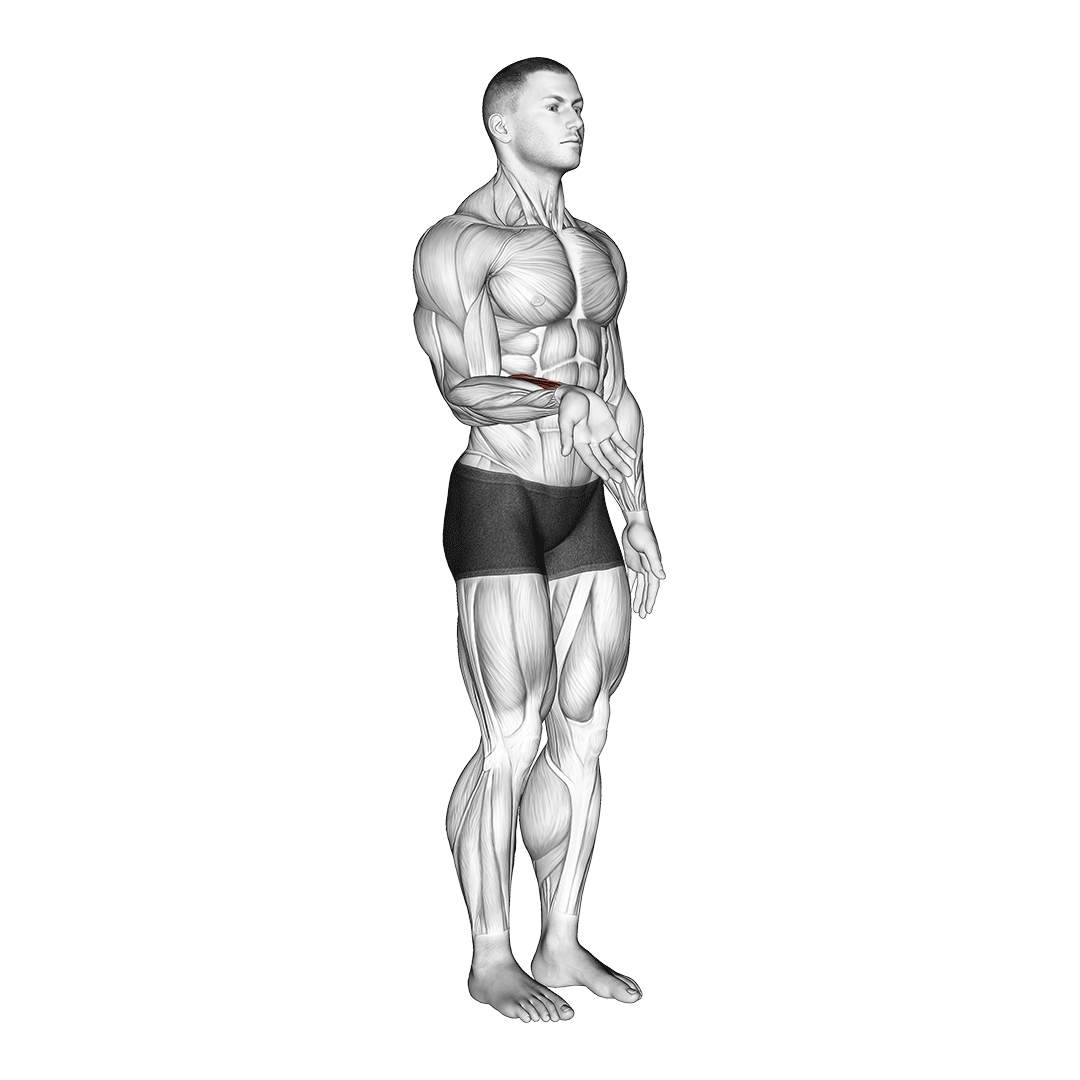
In addition, the isometric involvement of nearby muscle groups is also reinforced by Zottman curls, meaning that such biomechanics are further supported by stabilizer muscles trained by the exercise.
Saves the Lifter Time and Energy
The majority of modern bodybuilding workouts involve numerous isolation exercises meant to target each individual muscle group of the arms. While this is indeed highly effective and perfect for inducing hypertrophy, it is not the most time or energy efficient way of doing so.
Zottman curls will save the lifter both time and energy by allowing the majority of the arm’s musculature to be trained in a single repetition, reducing the amount of time spent on accessory isolation movements and helping reduce general bodily fatigue as less time is spent actually exercising.
Synergizes Perfectly With Many Pull Exercises
As was touched upon previously in this article, Zottman curls synergize well with other compound movements that target the same muscle groups.
Exercises like barbell rows, pull-ups and chin-ups all target the biceps and forearms to a moderate extent - enough to induce hypertrophy and strength adaptations, but not enough to maximize such developments.
While performing further repetitions of these other compound exercises may lead to premature muscular fatigue, doing a less intense and more specific movement is a perfectly viable solution.
In order to ensure that these muscles are trained to the greatest extent possible, Zottman curls are utilized.
Once the heavier and more technically complex exercises have been completed, lifters will perform Zottman curls so as to “squeeze out” whatever growth may still be possible in the muscles of their arms.
Common Zottman Curl Mistakes
While the Zottman may appear relatively simple from an outside perspective, there are several mistakes that even advanced lifters may make when performing it.
These errors in form must be corrected as soon as possible, as they can lead to poor muscular growth and even injury if left unchecked.
Twisting Too Rapidly
Lifters performing the Zottman curl may twist their hands too rapidly as they move between the supinated and pronated grip of each repetition phase. This can easily damage the delicate tendons of the wrists, and negate much of the time under tension involved in the exercise.
In order to correct this mistake, the lifter should focus on twisting their hands in such a manner that the dumbbells are only held in an overhand (pronated) grip once they are already at shoulder height.
Before this point, the hands should be in an underhand (supinated) grip instead.
Failing to Control the Descent
As is the case in most curl variations, performing the later half of a Zottman curl repetition too quickly can reduce the effectiveness of the exercise - if not place the elbow joint in danger of injury as well.
In order to ensure that the brachialis, brachioradialis and forearm flexors are worked with a constant level of tension, the Zottman curl should be performed in a slow and methodical manner.
Lifters who struggle with maintaining the correct tempo can count to three as they lower the dumbbells to ensure that it is performed slowly enough.
Flaring the Elbows
While allowing the elbows to move as the hands rotate is a biomechanical necessity of the Zottman curl, excessively flaring them to the sides can cause excessive torsion and pressure to be placed on the joint.
Not only will this lead to discomfort and reduced involvement of the biceps, but it can also lead to injury if the weight is heavy enough.
To perform Zottman curls safely and correctly, it is best to minimize lateral movement of the elbows, and to keep them close to the sides of the torso as the exercise is performed.
Alternatives to the Zottman Curl
In the event that Zottman curls are ineffective or insufficient for the lifter’s training needs, there are several alternative exercises that may prove useful as a replacement.
1. Drag Curls
Drag curls are a unique twist on the conventional bicep curl where the lifter will draw their elbows behind the torso, “dragging” the weight across the front of their body as they do so.
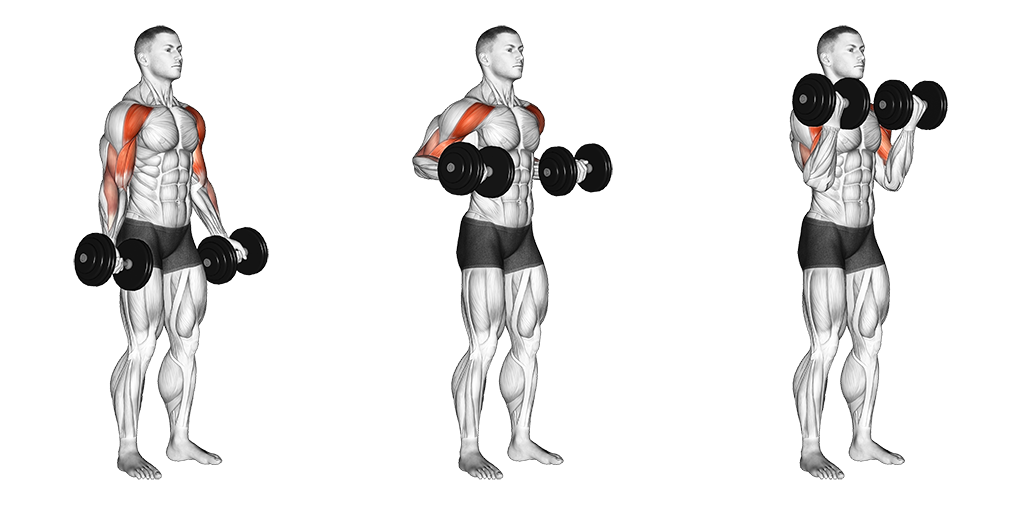
This produces a muscular recruitment pattern similar to that of the Zottman curl - except with the inclusion of the posterior deltoid head as well.
For lifters without the mobility or desire to perform the “reverse curl” portion of a Zottman curl, drag curls are one of the best alternatives to pick.
2. Hammer Curls
In cases where the Zottman curl fails to target the brachialis and brachioradialis to a sufficient degree, hammer curls may act as a substitute instead.
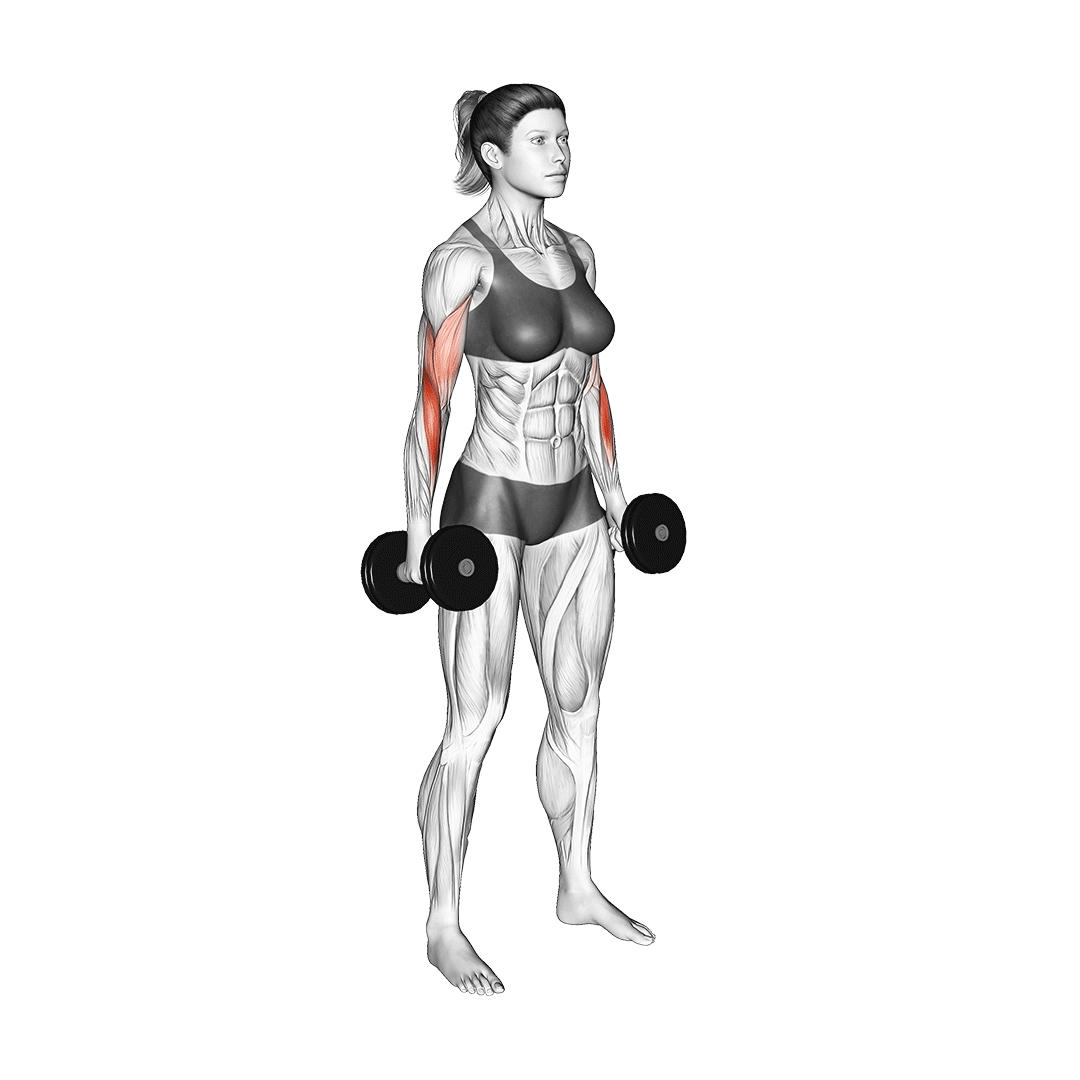
Unlike Zottman curls, hammer curls involve a neutral grip throughout the entire exercise, and as such will not recruit the forearm flexors, but will instead place far greater emphasis on the brachialis and brachioradialis alongside the biceps.
3. Reverse Curls
Conversely, lifters wishing to solely perform the latter half of the Zottman curl may instead replace it with reverse curls.
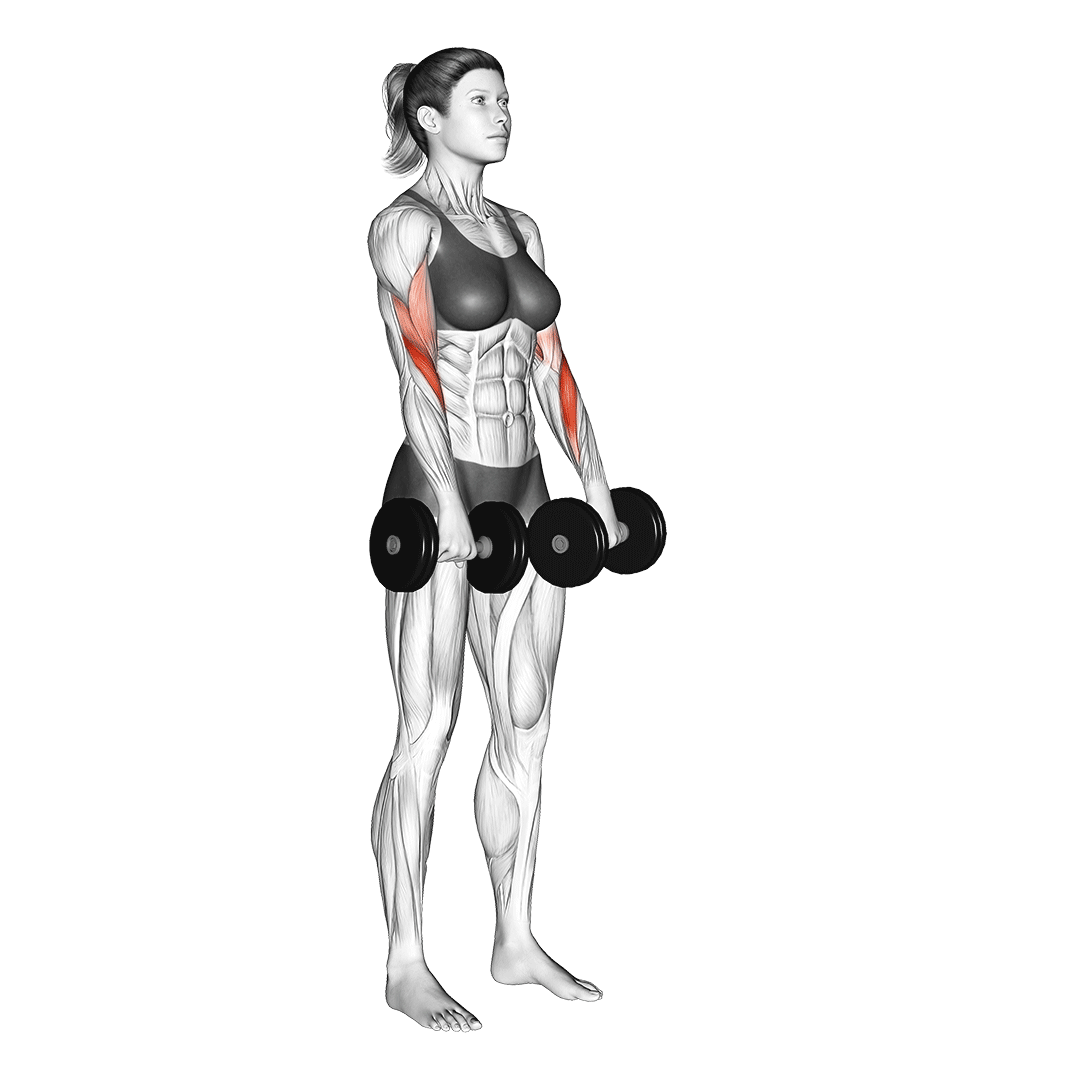
While Zottman curls feature a supinated grip during the initial phase of each repetition, reverse curls are performed solely with a pronated grip, maximizing forearm and brachialis recruitment in exchange for reduced biceps brachii focus.
Frequently Asked Questions (FAQ)
Are Zottman Curls Better Than Reverse Curls?
In certain respects, yes.
Zottman curls involve more biceps recruitment than would be seen with reverse curls, but overall will involve less forearm muscle activation.
Which exercise is better will depend on the goals of the lifter and their training program. For greater biceps mass and strength - Zottman curls; For greater forearm mass and strength - reverse curls.
Can You Do Zottman Curls With a Barbell?
Unfortunately, Zottman curls cannot be performed with barbells due to the fact that simultaneous pronation of both wrists is impossible with such equipment.
Zottman curls are traditionally performed with dumbbells, and are most effective when each arm works independently of the other.
Why are Zottman Curls "Good"?
Zottman curls are considered to be a good exercise because they combine the best aspects of both the bicep curl and the reverse curl, resulting in a movement that trains the majority of the arm’s muscles through a natural range of motion.
To get the best results from Zottman curls, perform the exercise with sufficient protein intake and other biceps-and-forearm exercises in the workout plan.
A Few Reminders
For the most effective Zottman curl performance, try the exercise out with as little weight as possible - focusing entirely on producing high-tension repetitions in a slow and controlled manner. This will ensure that your forearms and biceps are trained to the greatest degree.
In addition, if you are substituting forearm or bicep isolation exercises with the Zottman curl, remember to also modify the rest of the program to meet this greater amount of training volume.
References:
1. Melrose, Don PhD, CSCS*D. Exercise Technique: The Zottman Curl. Strength and Conditioning Journal 36(1):p 92-93, February 2014. | DOI: 10.1519/SSC.0b013e318297a092
2. Barakat C, Barroso R, Alvarez M, Rauch J, Miller N, Bou-Sliman A, De Souza EO. The Effects of Varying Glenohumeral Joint Angle on Acute Volume Load, Muscle Activation, Swelling, and Echo-Intensity on the Biceps Brachii in Resistance-Trained Individuals. Sports (Basel). 2019 Sep 4;7(9):204. doi: 10.3390/sports7090204. PMID: 31487841; PMCID: PMC6783981.

